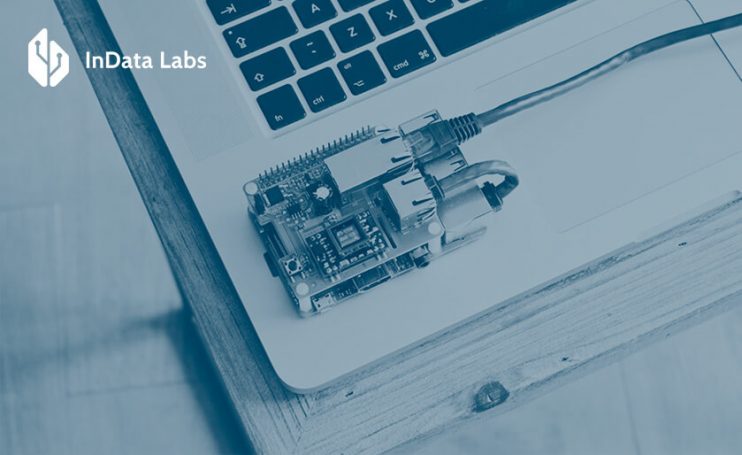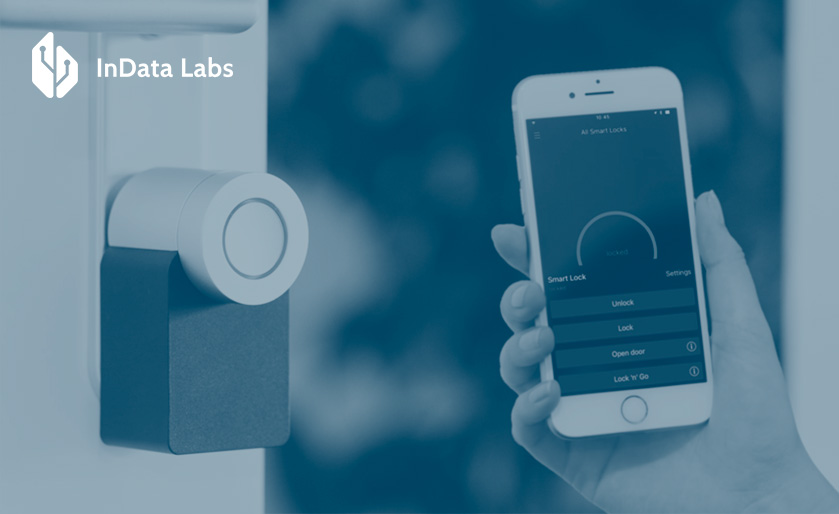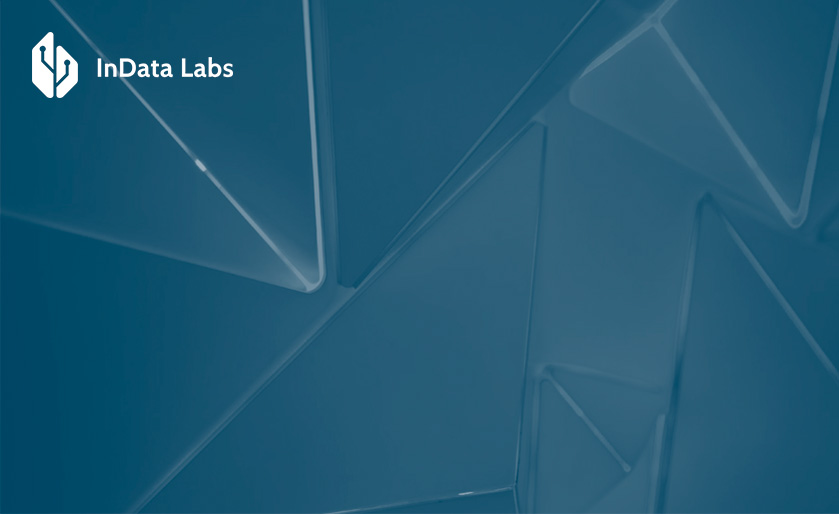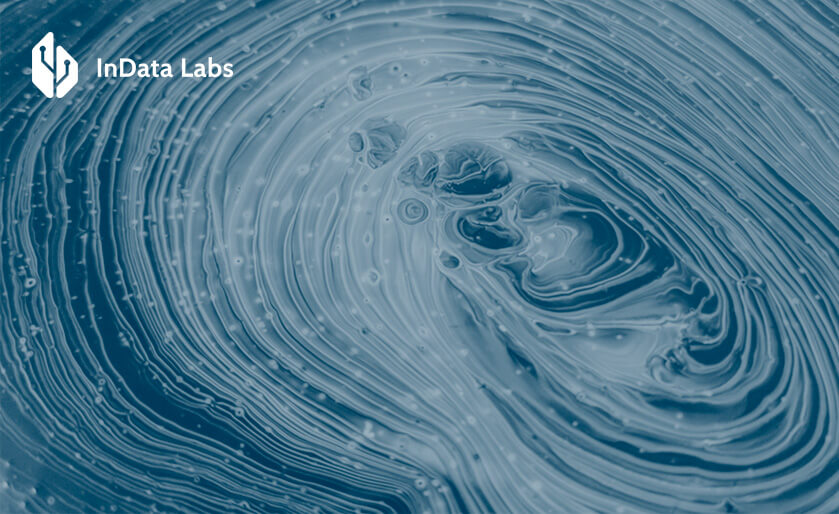Today, technological advances have become omnipresent. IoT Big data is one of these promising technologies, standing on the verge of two disciplines.
Big Data has been doing rounds for some time now. Among other things, this notion is used to describe the large amount of data that is generated by IoT devices and sensors. However, it’s not just the amount of data that makes analysis challenging. It’s also the speed at which this data is being produced and the various sources from which it stems.
So how are Big data and the Internet of Things connected? And what is the role of Big data in IoT? Let’s find out below.
What is Big data?
The global market is projected to hit $103 billion by 2027. As such, Big data is a term used to describe large and complex data sets. The latter is subject to robust analysis to reveal patterns, trends, and associations.
Therefore, the complexity and magnitude of information have surpassed our ability for it to be managed using traditional database systems. To analyze these oceans of data, companies resort to Big data development – the creation of powerful, real-time analytical software.
Along with volume, this information type is also characterized by:
- Variety – information is flowing in different formats and types (from social media posts to weather forecasts);
- Veracity – accuracy of data that can be proved by its source;
- Velocity – the speed at what data is curated, processed and analyzed.

What is the Internet of Things?
The Internet of Things (IoT) is commonly described as a network of physical things with embedded technology that allows them to communicate internally or interact with the outside world. The Internet of Things ecosystem connects things to form a computer network. The network, in turn, allows hardware to gather, analyze, process, and communicate data to other objects via software, applications, and technical devices.
These devices encompass a wide range of solutions that vary from smart fridges to manufacturing sensors. Also, the Internet of Things can stand for multiple phenomena at the same time:
- These can be interconnected devices which have come online and are interacting with each other.
- IoT can also mean the machine-to-machine type of connection.
- Finally, and most interestingly, IoT artificial intelligence is also the data that devices are now generating.

The many faces of IoT don’t make it easier to draw a line between the two. So what is the relationship between IoT and Big data? Actually, there are two sides to it.
Big data vs IoT: What’s the difference?
Internet of Things and Big data are terms that are often used interchangeably. Their outside similarity is justified since both often overlap. However, there is a lot more to them than meets the eye. And these core differences position IoT and Big data as stand-alone technologies.
Difference #1: Concept of IoT and Big data
The Internet of Things has multiple shades of meaning. However, it is first and foremost a system of interrelated devices. The latter gather and exchange data over the Internet. Conversely, Big data is actually the datasets that are characterized as large chunks of information. The latter is pulled from a variety of sources and can be analyzed through AI software.
Difference #2: Data source
IoT deals with machine-generated data. Therefore, the source of data is exclusively limited to devices, solutions, and services linked with these devices and solutions. On the contrary, its opponent processes all types of information that come in various types and has different resources. Thus, social media, transactional, and machine input can all be related to Big data.

Source: Unsplash
Difference #3: Processing type
Connected devices gather and analyze input in real-time to monitor the events or patterns of interest. Therefore, businesses can readily integrate new insights into their operations. In the second case, the streams are not subjected to real-time processing. It means that Big data isn’t always processed in real-time.
Difference #4: Insight spectrum
The Internet of Things allows organizations to uncover machine-related insights. Thus, sensors deliver real-time updates on equipment well-being. Predictive maintenance, for example, is one of the fields integrated with IoT data. Big data, on the contrary, helps companies get a holistic overview of all operations and uncover root causes.
Nevertheless, there’s a huge overlapping area between the two that makes them both complementary to each other.
How does IoT relate to Big data?
Although these two are distinct concepts with different implementations, they do cross in many ways. First of all, both transform data into actionable insights, which already implies their similarity. Also, the two complement each other by granting additional resources for more effective processing of information.
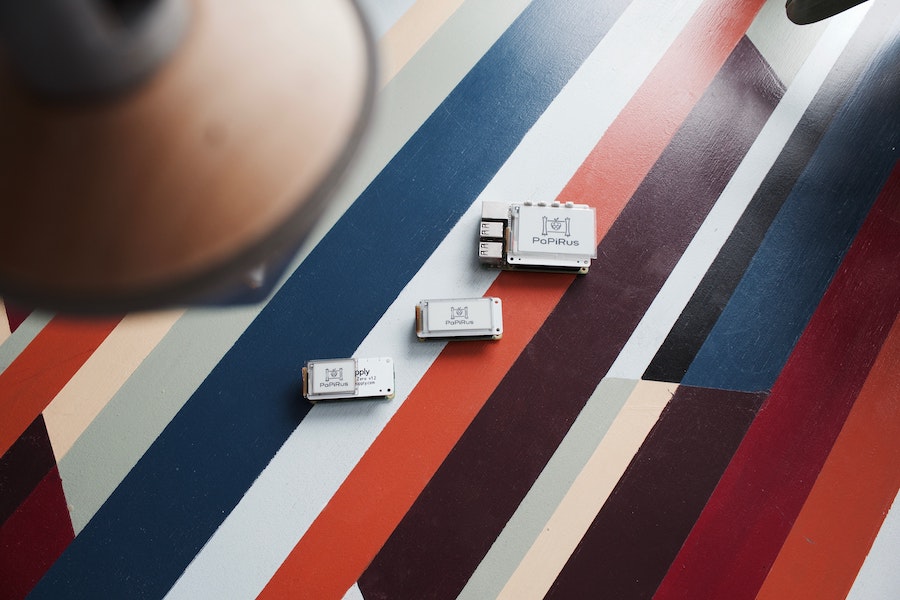
Source: Unsplash
Thus, connected devices collect data from physical objects. Big data, at the same time, allows for faster and more effective storage and processing of this information. Big IoT data analytics, for example, is a prominent example that unites the two technologies.
However, they are still independent technologies that happen to meet. As the volume of Internet of Things input increased, so did the need to process it through technologically advanced solutions. In its turn, the volume and complexity of IoT use cases and data placed it into the category of Big data.
So, what is IoT Big data? And Internet of Things Big data?
The current AI revolution has blurred the line between multiple technologies, merging them in a powerful blend. Big data vs IoT are two different technologies that became interrelated some years ago. How are the trends in Big data and the Internet of Things connected?
IoT Big data boils down to the role of Big data in IoT. A large ecosystem of sensors gathers huge amounts of input (Big data). Then, it gets subject to Big IoT data analytics to enhance services and products across industries.
The two technologies, in the end, have similar aims and rely on one another to translate raw sensor input into useful information. As a result, a whole lot of industries can benefit from the mutually beneficial relationship between IoT and Big data.
Who wins from the role of Big data in IoT?
IoT Big data projects have blossomed in a wide range of industries. This duo allows companies to get fresh-baked insights, automate processes and reduce labor costs. This, in turn, translates into reduced waste, improved service quality, and decreased production costs.
Most IoT Big data projects happen in industrial settings. Thus, manufacturing, utility, and automotive industries accrue the largest benefits. Healthcare, public, and media also experience seismic shifts generated by real-time insights into customer behavior.

Overall, this combination augurs well for all companies that aim to strategize their data sets. For the customer, this duo offers bright prospects of improved customer service and tailored experiences. Now, let’s have a closer look at how Big IoT data analytics bolsters industries.
IoT Big data analysis: Prominent applications
According to a report by Statista, IoT technology holds a huge potential across industries. As hardware and software development advances, a great share of electronic devices will be manufactured with embedded sensors. As a result, the number of connected devices will amount to 50 billion by 2030. This magnitude will create a breeding ground for crunching oceans of data to tap into customer preferences.
Agriculture
The global food production and farming system are constantly standing up to a number of challenges. To meet the increasing demand for food, farmers need access to new innovative technologies and techniques that help them improve their productivity and profitability. Big data analytics and sensors can thus come to the fore, allowing for more informed decisions in agriculture.
Agricultural drones, for example, well demonstrate the essential impact of Big data and the Internet of Things. These unmanned aerial vehicles can be used to aid farmers in spraying or harvesting their crops. The drone can also be equipped with sensors and imaging technology to track information about crop growth and monitor for diseases.
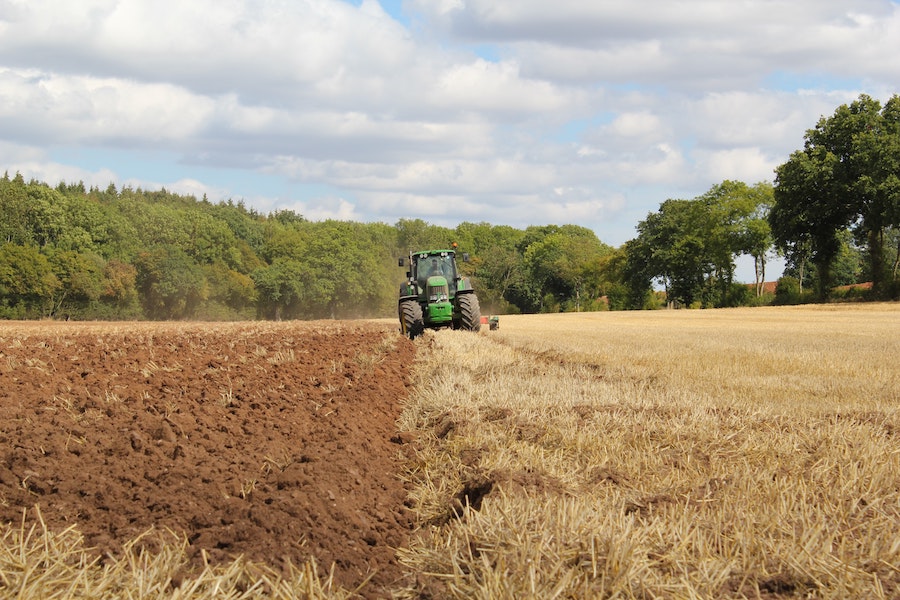
Source: Unsplash
Thus, drones can deliver instant, actionable insights on plant health indices, chlorophyll measurement, yield prediction, scouting reports, drainage mapping, and so on. Once collected, this input can be processed with data science processing software to produce insight. Some examples of such UAV IoT devices are allMETEO, Smart Elements, and Pycno.
Manufacturing
The global Industrial Internet of Things now amounts to $89.3 billion of market value. IIoT uses an ecosystem of sensors to collect critical production input. Big data IoT cloud is then transformed into valuable forecasts by using cloud software.
Back in the day, this technology was mainly used as a supplementary business management tool. Today, IoT Big data analytics aids in gathering comprehensive insights about all stages of production – from quality to shipping to consumption.

Source: Unsplash
However, there’s one area that has perfectly clicked with this duo. And this is maintenance management. By combining sensor data and CMMS/ EAM maintenance management, manufacturers get a one-in-all tool that schedules preventive tasks or reports asset availability.
Predictive maintenance also enables organizations to avert costly downtimes and create strategic maintenance timelines. As a result, sensors coupled with robust analytics bring forward automated manufacturing processes and operational intelligence.
Other successful adoption of IoT Big data and machine learning in production include remote asset monitoring and quality control. For more cases, please watch the video:
Telehealth
Remote healthcare services is a relatively budding branch of healthcare. However, it became a new healthcare paradigm during the pandemic.
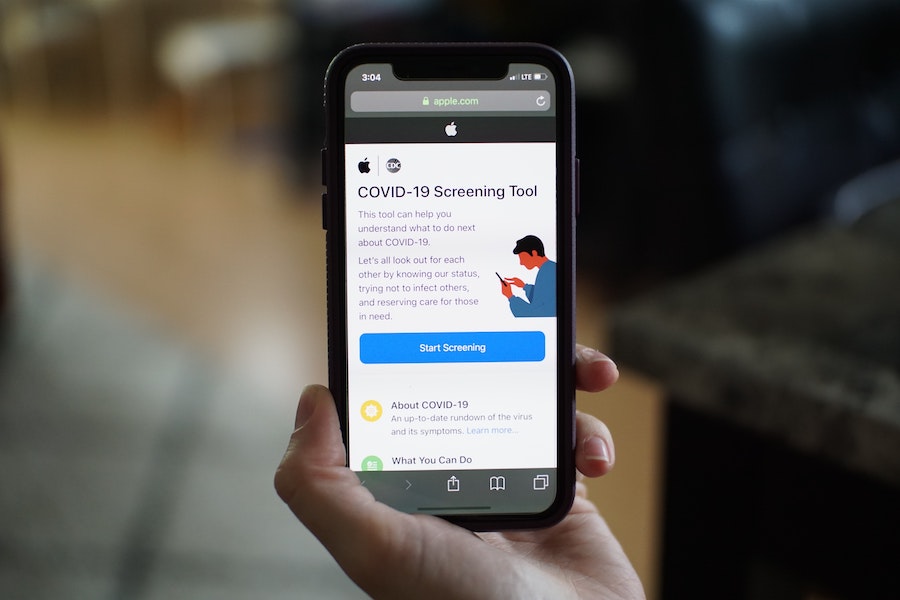
Source: Unsplash
By definition, telehealth is similar to a connected network of devices. They both rely on physical objects that collect and exchange data. Tech-wise, telemedicine facilitates direct transmission of medical information in various formats (medical history, laboratory data, X-rays and CT results, video images, ultrasound, etc.), as well as real-time video conferencing between doctors and patients.
Therefore, the duo of telemedicine and the Internet of Things was never a far-fetched undertaking. Patients now don’t have to leave the comforts of their house to get medication. With the help of voice-activated smart speakers, they can order them at home. Also, doctors can track vitals, sleep schedule, daily activity, and others by checking wearables patient data.
Transportation and fleet management
IoT Big data companies have been taking a foothold in the enterprise sector, and fleet management is no exception. From sensors that relay data on vehicle performance to remote diagnostics and asset tracking, IoT offers many opportunities for fleet managers to optimize their operations.
The two primary objectives of any fleet management strategy are safety and efficiency. Safety is achieved by employing safe driving techniques. Encouraging vehicle inspections and regular maintenance are also the core of safe transportation.

Source: Unsplash
Conversely, efficiency can be improved by streamlining routes and optimizing fuel intake. And this is when connected devices step in, fueled by Big data analytics. For example, this can be implemented as GPS trackers being embedded on vehicles (telematics). The collected figures are then sent to fleet management software for further analysis. Insights can then lay the ground for trip planning by knowing exactly the time window it takes to cover a particular route.
Also, telematics solutions help track the correlation between fuel consumption and driver behavior to empower better fuel purchase decisions and keep fuel costs down. DHL Express, for instance, already rolled out telematics few years ago. The logistics leader uses sensors to configure the best routes and monitor the vehicles.
Retail and E-commerce
Retailers have always been at the forefront of adopting new technologies and creating innovative solutions to provide their customers with unique shopping experiences. The need for the Internet of Things (IoT) is clearly evident in the retail industry, which has a lot to gain from this technology amidst ever-changing customer preferences.
The use of IoT in the retail industry is mainly associated with GPS and RFID technologies. The latter allows companies to keep tabs on the products through the entire supply chain process. Thus, GPS sensors and RFID tags provide maximum visibility of the good’s movement from manufacturing to the shelf to customers. For the unaware, RFID tags send data from a tag to a reader. As a result, manufacturers get real-time tracking data of their supply chain management.

Source: Unsplash
Moreover, retailers have historically been at the mercy of their stock. Thanks to IoT, they can now keep track of what’s selling and what’s not remotely. This allows them to optimize their stock and make quick decisions on what sizes and colors sell better. By employing sensors in the supply chain, manufacturers get better visibility of products and stocks at every stage. Thus, if specific products need a particular temperature, humidity and temperature sensors can help minimize stock risks.
Locus Robotics, which produces autonomous mobile robots to improve warehouse operations, is a prime example of IoT in retail. Locus robots are also used by DHL, a company that specializes in international shipment.
Utility
Smart grids are another industrial application of IoT Big data and machine learning consulting. The grid is a fundamentally new approach to building the power industry. It will lead to a significant reduction in the cost of construction and operation of electric grid facilities.
Smart grids enable real-time data monitoring regarding the demand and supply of electricity. As a result, grids help companies optimize electricity consumption, reduce the number of accidents and electricity losses, and increase the efficiency of the power grid. Thereby, this application targets a wide number of the problems plaguing energy companies.
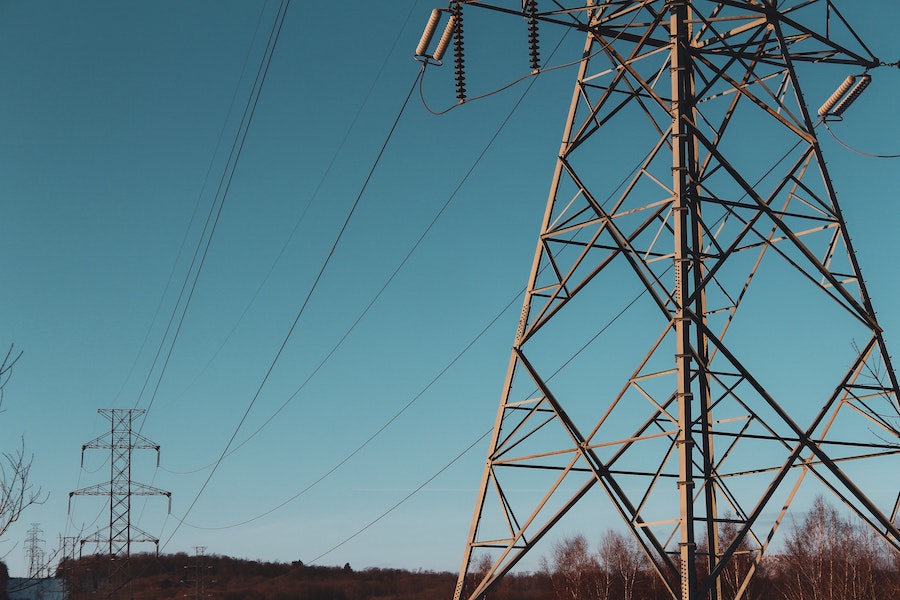
Source: Unsplash
As such, smart grid also bodes well for dynamic grid management, demand management, increased security, and cost savings. Due to seamless data management, a smart grid will also allow companies to interconnect all of their equipment – from electrical generators to user devices. As a result, energy consumption becomes utterly visible at all stages.
According to Emergen Research, the global smart grid market size is projected to hit over $122 billion by 2027 and has already been backed by A-list companies. Thus, IBM, Cisco, and Siemens are promoting energy intelligence to create smart grids.
The bottom line
The future of connected devices has immense potential. Advances to connected physical devices will be secured through robust analytical platforms, integrated artificial intelligence, and mass industrial adoption. In 2024, the amount of information produced by devices is increasing exponentially. It means that Big data and IoT today go hand in hand, thus unlocking data potential unheard of before.
